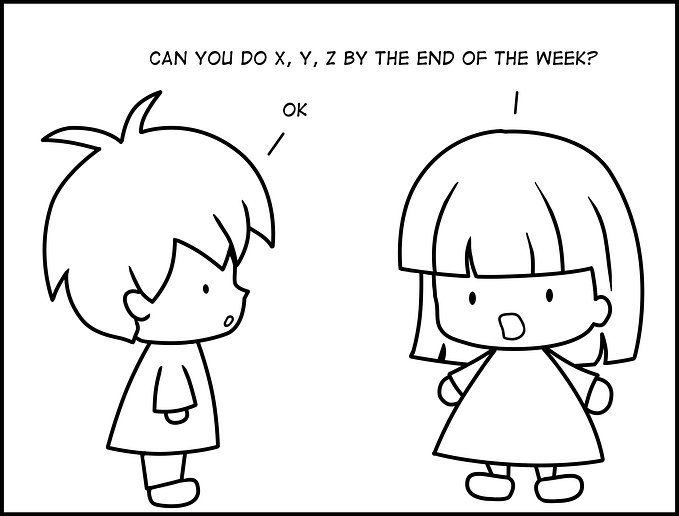5 Rules for Collaboration
Collaboration is a negotiation style which is best suited for a win-win solution. One of my favorite win-win examples is that of a mother with her two daughters. Both daughters want the same orange. There are no more oranges, it is a highly prized and limited resource, and they are in a tussle as to who gets the orange. The mother desperate for solutions, suggests cutting the orange in half much like Solomon. And both daughters react with tears of anguish. The mother then gets a little wiser. And she uncovers, discovers, and listens to both sides. One daughter explains that she needs orange juice and the pulp of the orange. The other daughter explains that she is baking a cake that requires orange peel of an entire orange. While patiently listening and having the courage to sit through the onslaught of tears the mother was able to discover a solution that completely and totally satisfied both daughters. This is the definition of a win-win solution.
First rule of collaboration: Build Rapport
My doctoral thesis titled The Importance of Neurolinguistic Programming Rapport Building Techniques as Applied in Attorney Mediations, discusses the important criteria of rapport while crafting a solution from collaboration. During conflict preexisting relationships may be cast aside in order to continue the conflict; rapport can build a bridge to a new relationship or back to the stability of the old relationship. Building rapport in a crisis or in conflict is never easy but there are solid techniques which can bring all parties into rapport so that they can collaborate on win-win solutions.
Second rule of collaboration: BATNA
BATNA is the Best Alternative to a Negotiated Agreement. While studying negation with Conflict Management of the Harvard Negotiation Project we went into every negotiation simulation knowing ahead of time that there was a point in the negotiation and collaboration when we would walk from a deal. We had a back-up plan, a better alternative. Knowing before you go into a collaboration, round table, or negotiation what your best alternative is gives you the leverage and leadership strength necessary leave a deal on the table that was not in your best interest. If you are not clear about what your best alternative is - studies show that you will more likely unknowingly agree to a deal that is not in your favor.
Third rule of collaboration: Leadership
Collaboration and working together is a process not a goal. If everyone at the table is focused on the process and a leader does not emerge, either a goal will never be reached or an unintended goal will be reached. This can lead to endless meetings, summations, and reviews.
Fourth rule of collaboration: Focus on interests
If the mother in the above example had focused on her favorite daughter, she would have held a position. And when people hold positions they get entrenched and it can be almost impossible to see a solution. But the mother was wise enough to ask enough questions to understand the interests of both daughters. And from the interests themselves came the solution. Especially with polarizing politics we see positions and ways in which people become immobile. When we move past positions and into interests there can be so many more solutions.
The impact from listening and hearing during collaboration cannot be under estimated. In court, there is a winner and a loser. I have heard over 2,000 small claims cases and the only chance for a win-win is for both parties to feel they had their day in court; that even if they ‘lost’ they feel someone understood their perspective. That feeling originates with, and that only happens if, the judge can make sure their interests are heard.
Fifth rule of collaboration: Curiosity
One of the best ways to move out of a staunchly held position and listen to interests is through curiosity. Curiosity can lead to the unfreezing of a tight moment. It can lead to laughter and a relaxation that allows for possibility.








